Elastic Local Buckling Analysis of a Sandwich Corrugated Steel Plate Pipe-Arch in Underground Space
Abstract
:1. Introduction
2. Theoretical Model and Formulation
2.1. Modelling
2.2. Governing Equations
2.3. Local Buckling of the Straight Segment for an Even Value of m
2.4. Local Buckling of the Straight Segment for an Odd Value of m
2.5. Nondimensionation and Solution Method
3. Comparison between Theoretical Prediction and Numerical Simulation
3.1. Parameters
3.2. Comparison and Validation
4. Bucking Behaviors
4.1. Effect of the Length of Straight Segment
4.2. Effect of the Thickness of Core Layer
4.3. Effect of the Thickness of CSP Layer
4.4. Effect of the Elastic Modulus of CSP
4.5. Effect of Poisson’s Ratio
4.6. Effect of the Rotational Constraint Stiffness
5. Conclusions
- This study employs Hoff sandwich plate theory and the Rayleigh–Ritz method to establish a theoretical model for analyzing the buckling stability of sandwich CSP pipe-arches in underground spaces. Through this approach, we have derived analytical formulas to compute the critical load and wavenumber, offering comprehensive insights into their buckling behavior.
- This study explores the factors influencing the elastic buckling of sandwich CSP pipe-arches. The results indicate that increasing the span side length decreases the load-bearing capacity, while increasing core thickness, CSP thickness, CSP elastic modulus, Poisson’s ratio, and rotational constraint stiffness enhances the load-bearing capacity.
- This study investigates how various factors affect the wavenumber of sandwich CSP pipe-arches. The analysis reveals that increasing the span side length decreases the wavenumber. Core thickness and CSP thickness do not significantly affect the wavenumber when increased. Conversely, increasing the CSP elastic modulus reduces the wavenumber. Changes in Poisson’s ratio and rotational constraint stiffness do not notably alter the wavenumber when increased.
- Through analysis of buckling stability, we can refine structural design to enhance safety and reliability. This approach not only contributes to the structural design of CSP composite structures but also ensures the dependability of engineering projects. For instance, in applications involving sandwich CSP pipe-arches, augmenting the thickness of CSP enhances structural stability. This ensures optimal material utilization and maximizes cost-effectiveness.
Author Contributions
Funding
Data Availability Statement
Conflicts of Interest
References
- Mahoutian, M.; Shekarchi, M.; Libre, N.A. Application of Steel Fiber Reinforced Lightweight Aggregate Concrete in Underground Mining. J. Min. Sci. 2011, 47, 606–617. [Google Scholar] [CrossRef]
- Machelski, C.; Michalski, J.B.; Janusz, L. Deformation Factors of Buried Corrugated Structures. Transp. Res. Rec. J. Transp. Res. Board 2009, 2116, 70–75. [Google Scholar] [CrossRef]
- Hassanein, M.F.; Kharoob, O.F. Behavior of Bridge Girders with Corrugated Webs: (II) Shear Strength and Design. Eng. Struct. 2013, 57, 544–553. [Google Scholar] [CrossRef]
- Kanchanadevi, A.; Ramanjaneyulu, K.; Gandhi, P. Shear Resistance of Embedded Connection of Composite Girder with Corrugated Steel Web. J. Constr. Steel Res. 2021, 187, 106994. [Google Scholar] [CrossRef]
- Kumar, M.; Goel, M.D.; Matsagar, V.A.; Rao, K.S. Response of Semi-Buried Structures Subjected to Multiple Blast Loading Considering Soil–Structure Interaction. Indian Geotech. J. 2015, 45, 243–253. [Google Scholar] [CrossRef]
- Kang, J.; Parker, F.; Yoo, C.H. Soil–Structure Interaction for Deeply Buried Corrugated Steel Pipes Part I: Embankment Installation. Eng. Struct. 2008, 30, 384–392. [Google Scholar] [CrossRef]
- Sun, H.-J.; Guo, Y.-L.; Wen, C.-B.; Zuo, J.-Q.; Zhao, Q.; Liu, Z.-G. The Strength Design of Deeply Buried Circular Corrugated Steel Arches with Considering Only Soil Radial Restraining. Thin-Walled Struct. 2023, 183, 110422. [Google Scholar] [CrossRef]
- Han, B.; Zhang, Z.-J.; Zhang, Q.-C.; Zhang, Q.; Lu, T.J.; Lu, B.-H. Recent advances in hybrid lattice-cored sandwiches for enhanced multifunctional performance. Extreme Mech. Lett. 2017, 10, 58–69. [Google Scholar] [CrossRef]
- Milovanović, B.; Banjad Pečur, I. Review of Active IR Thermography for Detection and Characterization of Defects in Reinforced Concrete. J. Imaging 2016, 2, 11. [Google Scholar] [CrossRef]
- Concu, G.; Trulli, N. Concrete Defects Sizing by Means of Ultrasonic Velocity Maps. Buildings 2018, 8, 176. [Google Scholar] [CrossRef]
- Sohn, H.-G.; Lim, Y.-M.; Yun, K.-H.; Kim, G.-H. Monitoring Crack Changes in Concrete Structures. Comput.-Aided Civ. Infrastruct. Eng. 2005, 20, 52–61. [Google Scholar] [CrossRef]
- Fujita, Y.; Mitani, Y.; Hamamoto, Y. A Method for Crack Detection on a Concrete Structure. In Proceedings of the 18th International Conference on Pattern Recognition (ICPR’06), Hong Kong, China, 20–24 August 2006; pp. 901–904. [Google Scholar] [CrossRef]
- Wang, T.; Tan, L.; Xie, S.; Ma, B. Development and Applications of Common Utility Tunnels in China. Tunn. Undergr. Space Technol. 2018, 76, 92–106. [Google Scholar] [CrossRef]
- Rauch, A.F.; Sargand, S.M.; Hazen, G.A. Behavior of Deeply Corrugated Steel Plate in Culvert. J. Struct. Eng. 1994, 120, 1651–1655. [Google Scholar] [CrossRef]
- Sargand, S.M.; Khoury, I.; Hussein, H.H.; Masada, T. Load Capacity of Corrugated Steel Pipe with Extreme Corrosion under Shallow Cover. J. Perform. Constr. Facil. 2018, 32, 04018050. [Google Scholar] [CrossRef]
- Kells, J.A. Hydraulic Performance of Damaged-End Corrugated Steel Pipe Culverts. Can. J. Civ. Eng. 2008, 35, 918–924. [Google Scholar] [CrossRef]
- Katona, M.G. Influence of Soil Models on Structural Performance of Buried Culverts. Int. J. Geomech. 2017, 17, 04016031. [Google Scholar] [CrossRef]
- Bian, X.; Tang, X.; Shen, W.; Ling, D.; Chen, Y. An Experimental Study on a Culvert Buried in Granular Soil Subjected to Vehicle Loads. Adv. Struct. Eng. 2012, 15, 1031–1040. [Google Scholar] [CrossRef]
- Arockiasamy, M.; Chaallal, O.; Limpeteeprakarn, T. Full-Scale Field Tests on Flexible Pipes Under Live Load Application. J. Perform. Constr. Facil. 2006, 20, 21–27. [Google Scholar] [CrossRef]
- Yu, S.; Wu, H.; Zhang, G.; Wang, Z.; Yao, J.; Li, H.; Liu, C. Experimental Study on Anti-Shallow-Buried-Explosion Capacity of a Corrugated Steel-Plain Concrete Composite Structure. Int. J. Impact Eng. 2023, 172, 104393. [Google Scholar] [CrossRef]
- Zhang, J.-L.; Liu, B.-D.; Liu, R. Behavior of Sinusoidal-Corrugated-Steel-Plate–Concrete Composite Slabs: Experimental Investigation and Theoretical Model Development. J. Constr. Steel Res. 2021, 187, 106958. [Google Scholar] [CrossRef]
- Machimdamrong, C.; Watanabe, E.; Utsunomiya, T. Analysis of Corrugated Steel Web Girders by an Efficient Beam Bending Theory. Struct. Eng./Earthq. Eng. 2004, 21, 131S–142S. [Google Scholar] [CrossRef]
- Jia, Z.; Stewart, G.W. An Analysis of the Rayleigh–Ritz Method for Approximating Eigenspaces. Math. Comput. 2001, 70, 637–647. [Google Scholar] [CrossRef]
- Yserentant, H. A Short Theory of the Rayleigh–Ritz Method. Comput. Methods Appl. Math. 2013, 13, 495–502. [Google Scholar] [CrossRef]
- Chen, T.; Su, M.; Pan, C.; Zhang, L.; Wang, H. Local Buckling of Corrugated Steel Plates in Buried Structures. Thin-Walled Struct. 2019, 144, 106348. [Google Scholar] [CrossRef]
- Beben, D. Field Performance of Corrugated Steel Plate Road Culvert under Normal Live-Load Conditions. J. Perform. Constr. Facil. 2013, 27, 807–817. [Google Scholar] [CrossRef]
- Driver, R.G.; Abbas, H.H.; Sause, R. Shear Behavior of Corrugated Web Bridge Girders. J. Struct. Eng. 2006, 132, 195–203. [Google Scholar] [CrossRef]
- Cheng, Y.; Su, X.; Zhou, M.; Zhang, J. Shear Performance of Tapered Box Girders with Corrugated Steel Webs in Extradosed Cable-Stayed Bridges Under Cable Forces. Eng. Struct. 2024, 310, 118107. [Google Scholar] [CrossRef]
- Ke, L.; Liu, K.; Wu, G.; Wang, Z.; Wang, P. Multi-Objective Optimization Design of Corrugated Steel Sandwich Panel for Impact Resistance. Metals 2021, 11, 1378. [Google Scholar] [CrossRef]
- Waqas, H.A.; Waseem, M.; Riaz, A.; Ilyas, M.; Naveed, M.; Seitz, H. Influence of Haunch Geometry and Additional Steel Reinforcement on Load Carrying Capacity of Reinforced Concrete Box Culvert. Materials 2023, 16, 1409. [Google Scholar] [CrossRef]
- Ding, W.; Huang, X.; Li, S.; Liu, W.; Zhang, Q. Flexural Stiffness Characterization of the Corrugated Steel–Concrete Composite Structure for Tunnel Projects. Undergr. Space 2023, 12, 18–30. [Google Scholar] [CrossRef]
- Emami, F.; Mofid, M.; Vafai, A. Experimental Study on Cyclic Behavior of Trapezoidally Corrugated Steel Shear Walls. Eng. Struct. 2013, 48, 750–762. [Google Scholar] [CrossRef]
- Lin, X.; Far, H. Post-buckling Strength of Welded Steel I-Girders with Corrugated Webs. Int. J. Steel Struct. 2021, 21, 850–860. [Google Scholar] [CrossRef]
- Cheng, Z.Q.; Wang, X.X.; Huang, M.G. Large Deflections of Rectangular Hoff Sandwich Plates. Int. J. Solids Struct. 1993, 30, 2335–2346. [Google Scholar] [CrossRef]
- Qiu, X.; Deshpande, V.S.; Fleck, N.A. Dynamic Response of a Clamped Circular Sandwich Plate Subject to Shock Loading. J. Appl. Mech. 2004, 71, 637–645. [Google Scholar] [CrossRef]
- Cai, J.; Long, Y.-L. Local buckling of steel plates in rectangular CFT columns with binding bars. J. Constr. Steel Res. 2009, 65, 965–972. [Google Scholar] [CrossRef]
- Abbas, H.H.; Sause, R.; Driver, R.G. Analysis of Flange Transverse Bending of Corrugated Web I-Girders under In-Plane Loads. J. Struct. Eng. 2007, 133, 347–355. [Google Scholar] [CrossRef]
- Oiwa, M.; Ogasawara, T.; Yoshinaga, H.; Oguri, T.; Aoki, T. Numerical Analysis of Face Sheet Buckling for a CFRP/Nomex Honeycomb Sandwich Panel Subjected to Bending Loading. Compos. Struct. 2021, 270, 114037. [Google Scholar] [CrossRef]
- Ostrosablin, N.I. Compatibility Conditions of Small Deformations and Stress Functions. J. Appl. Mech. Tech. Phys. 1997, 38, 774–783. [Google Scholar] [CrossRef]
- Patnaik, S.N.; Satish, H.G. Analysis of Continuum Using Boundary Compatibility Conditions of Integrated Force Method. Comput. Struct. 1990, 34, 287–295. [Google Scholar] [CrossRef]
- Sun, J.; Yu, T.; Dong, P. Evaluation of 3D Slope Stability Based on the Minimum Potential Energy Principle. Comput. Geotech. 2022, 146, 104717. [Google Scholar] [CrossRef]
- Ben-Abu, Y.; Eshach, H.; Yizhaq, H. Interweaving the Principle of Least Potential Energy in School and Introductory University Physics Courses. Symmetry 2017, 9, 45. [Google Scholar] [CrossRef]
- Rao, K.P.; Sivaram, K. A Review of Ring-Compression Testing and Applicability of the Calibration Curves. J. Mater. Process. Technol. 1993, 37, 295–318. [Google Scholar] [CrossRef]
- Zhang, X.; Chen, K.; Lu, X.; Xu, G.; Chen, T. Constructional Behavior of Multi-Span Corrugated Steel Arch Culverts Stiffened by Concrete Rings. J. Constr. Steel Res. 2024, 218, 108751. [Google Scholar] [CrossRef]
- Ruzicka, M.C. On Dimensionless Numbers. Chem. Eng. Res. Des. 2008, 86, 835–868. [Google Scholar] [CrossRef]
- Tang, G.; Yin, L.; Guo, X.; Cui, J. Finite Element Analysis and Experimental Research on Mechanical Performance of Bolt Connections of Corrugated Steel Plates. Int. J. Steel Struct. 2015, 15, 193–204. [Google Scholar] [CrossRef]
- Chung, K.F.; Ip, K.H. Finite Element Investigation on the Structural Behaviour of Cold-Formed Steel Bolted Connections. Eng. Struct. 2001, 23, 1115–1125. [Google Scholar] [CrossRef]
- Chan, C.L.; Khalid, Y.A.; Sahari, B.B.; Hamouda, A.M.S. Finite Element Analysis of Corrugated Web Beams Under Bending. J. Constr. Steel Res. 2002, 58, 1391–1406. [Google Scholar] [CrossRef]
- Degtyarev, V.V. Concentrated Load Distribution in Corrugated Steel Decks: A Parametric Finite Element Study. Eng. Struct. 2020, 206, 110158. [Google Scholar] [CrossRef]
- John, K.; Ashraf, M.; Weiss, M.; Al-Ameri, R. Experimental and Finite Element Study of a Novel Two-Way Corrugated Steel Deck System for Composite Slabs. J. Compos. Sci. 2022, 6, 261. [Google Scholar] [CrossRef]
- Numayr, K.S.; Haddad, R.H. Analytical Solution of Buckling of Beams with Two Delaminations. Mech. Compos. Mater. Struct. 2001, 8, 283–297. [Google Scholar] [CrossRef]
- Erdal, F.; Tunca, O.; Tas, S.; Ozcelik, R. Experimental and Finite Element Study of Optimal Designed Steel Corrugated Web Beams. Adv. Struct. Eng. 2021, 24, 1814–1827. [Google Scholar] [CrossRef]
- Karunasingha, D.S.K. Root Mean Square Error or Mean Absolute Error? Use Their Ratio as Well. Inf. Sci. 2022, 585, 609–629. [Google Scholar] [CrossRef]
- Willmott, C.J.; Matsuura, K. Advantages of the Mean Absolute Error (MAE) Over the Root Mean Square Error (RMSE) in Assessing Average Model Performance. Clim. Res. 2005, 30, 79–82. [Google Scholar] [CrossRef]
- Grätsch, T.; Bathe, K.-J. A Posteriori Error Estimation Techniques in Practical Finite Element Analysis. Comput. Struct. 2005, 83, 235–265. [Google Scholar] [CrossRef]
- Antos, A.; Devroye, L.; Gyorfi, L. Lower Bounds for Bayes Error Estimation. IEEE Trans. Pattern Anal. Mach. Intell. 1999, 21, 643–645. [Google Scholar] [CrossRef]

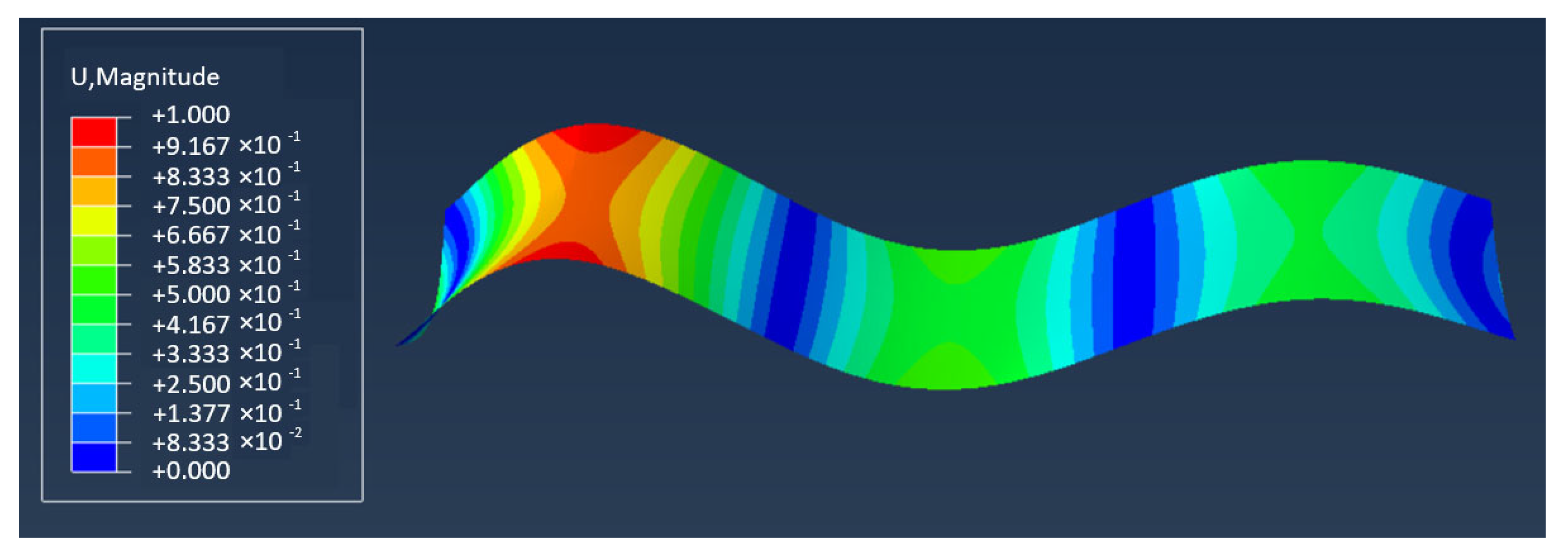
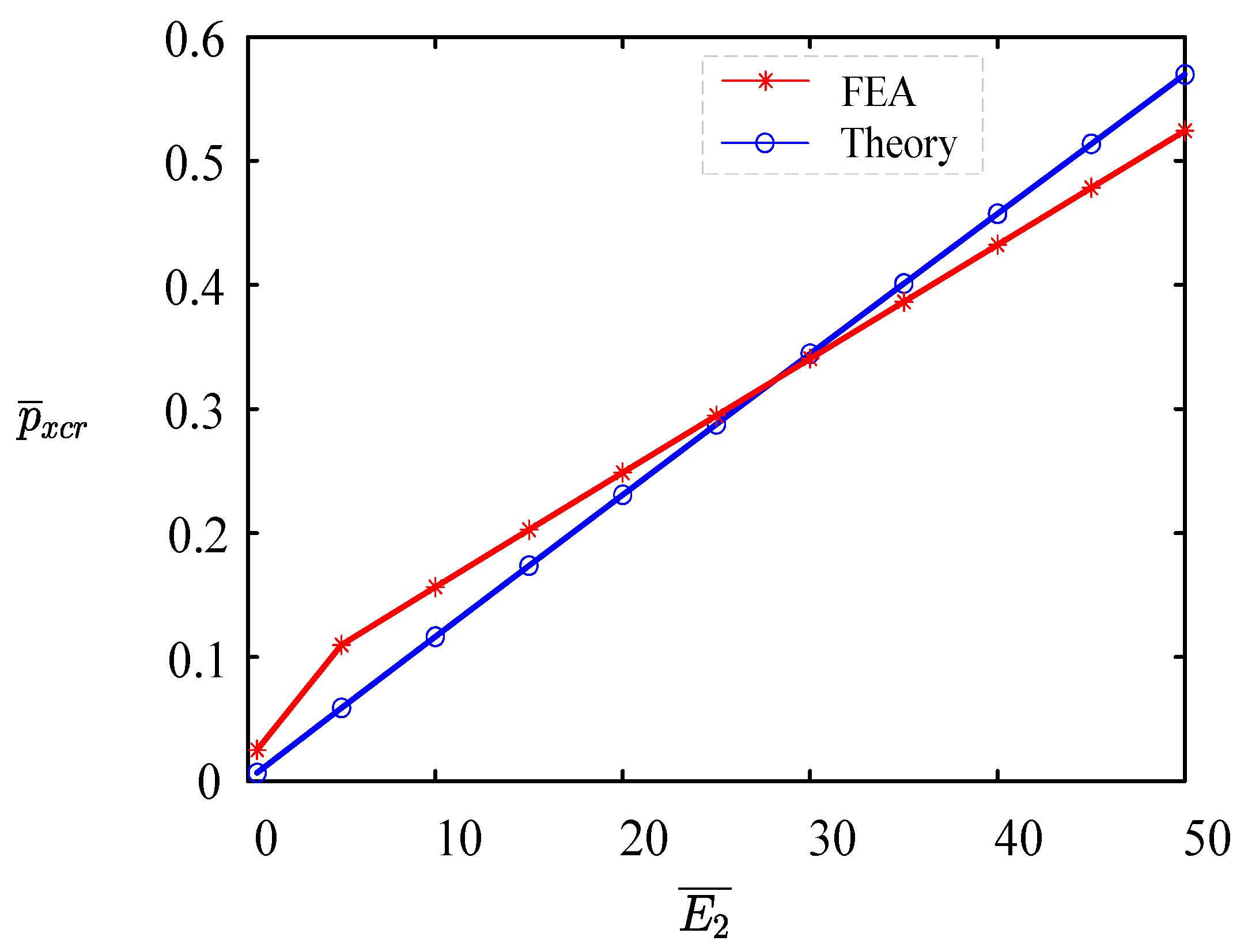
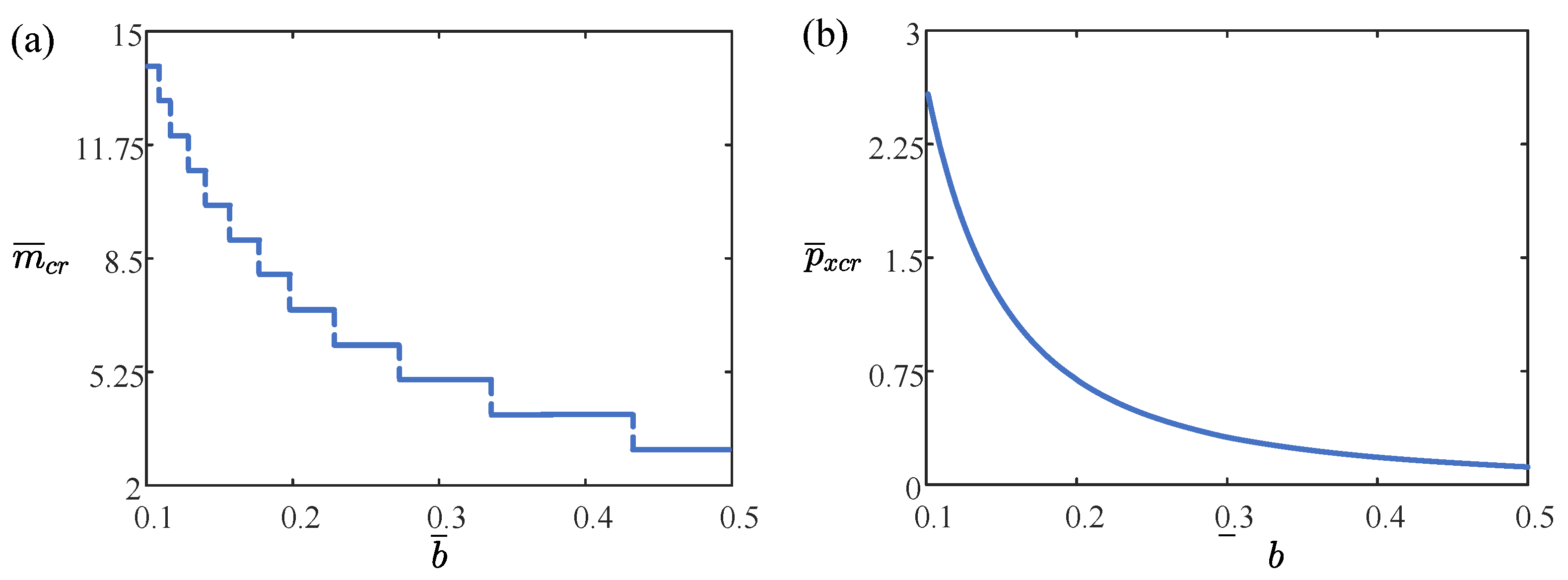
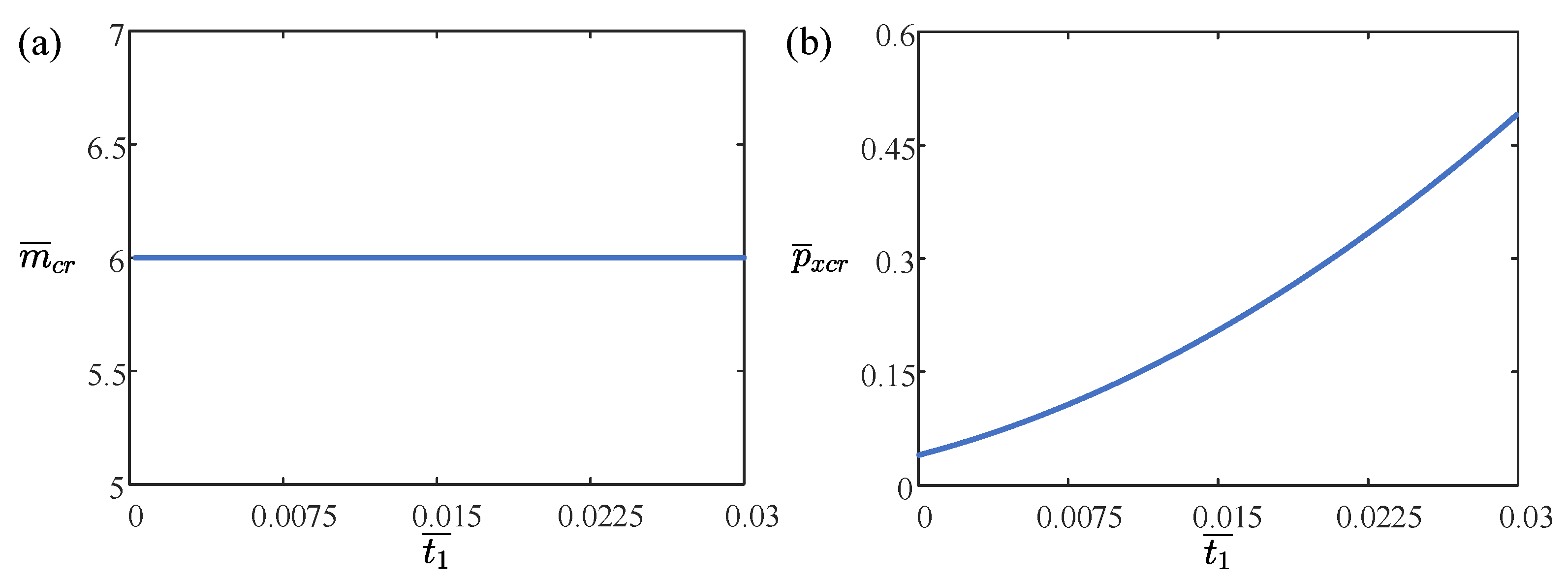
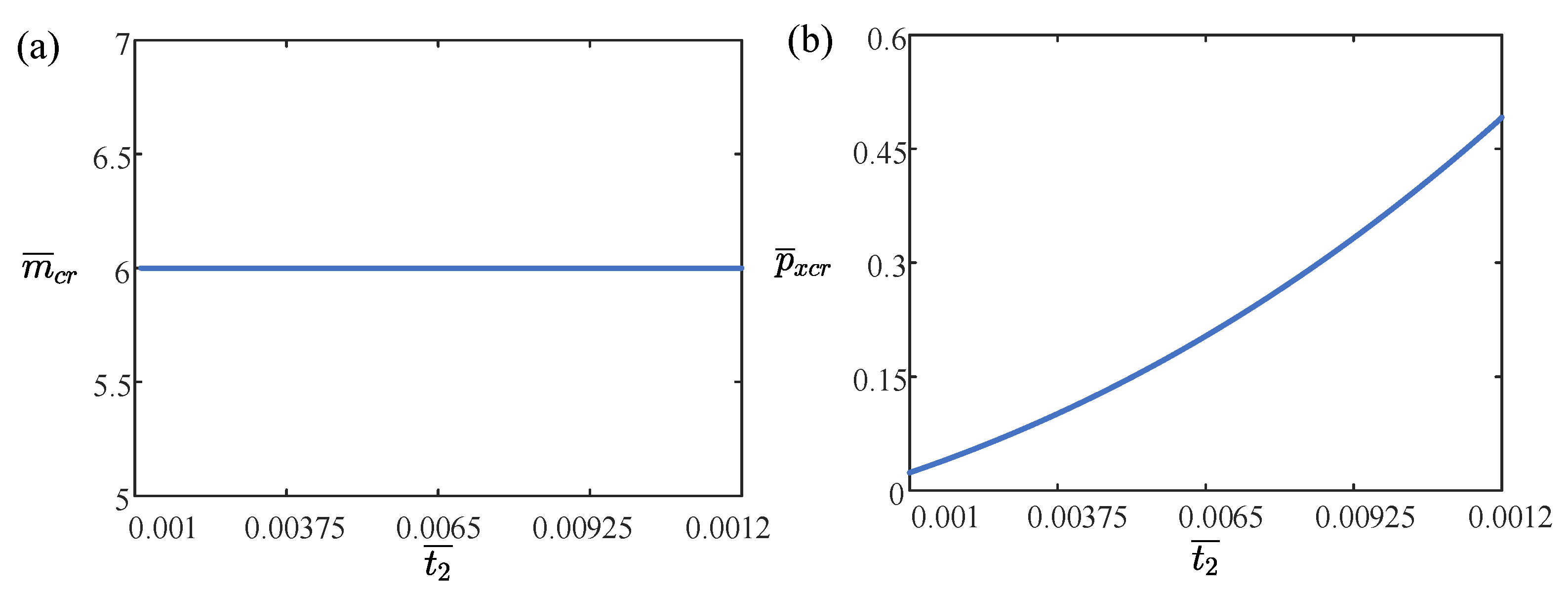
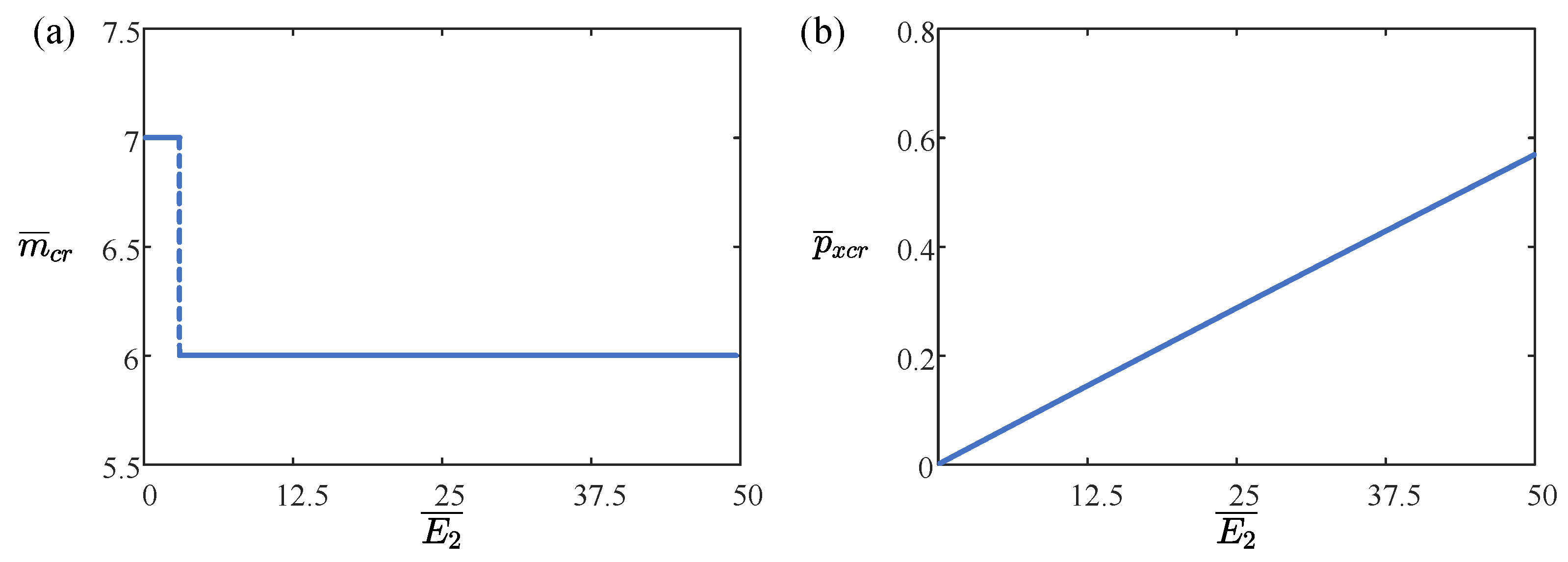

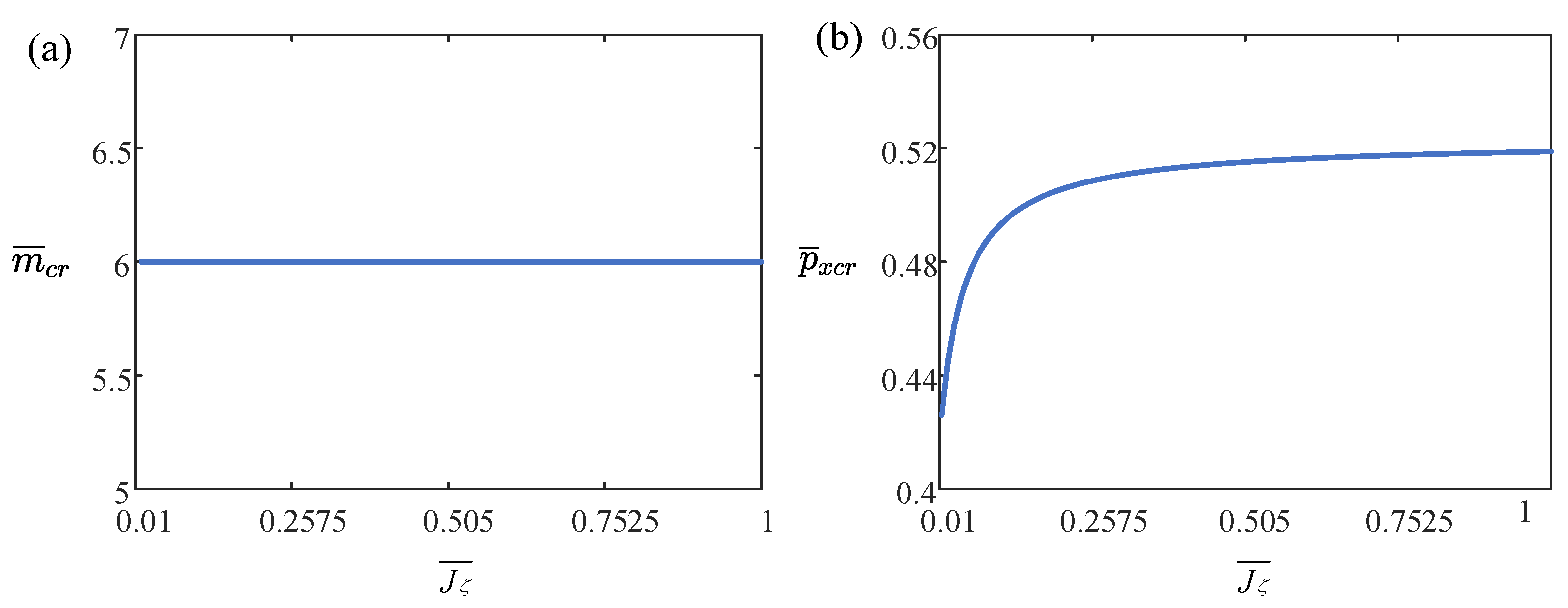
| Parameter | Definition | Value | Unit |
|---|---|---|---|
| Span of the CSP pipe-arch | 3 × 102~5 × 102 | mm | |
| Length of the straight segment | 30~60 | mm | |
| Thickness of core layer | 1~3 | mm | |
| Thickness of single CSP layer | 0.4~1.2 | mm | |
| Elastic modulus of core layer | 1.0 × 104~5.0 × 106 | N/m2 | |
| Elastic modulus of CSP layer | 2.0 × 1011~2.1 × 1011 | N/m2 | |
| Poisson’s ratio | 2.0 × 106~2.0 × 106 | / | |
| Rotational constraint stiffness | 10~9.9 × 103 | N/rad | |
| Soil compression stiffness | 1.4 × 107~6.5 × 107 | N/m3 |
| Parameter | |||||||
| Value | 0.1–0.5 | 0.1–50 | 0.1–50 | 0.001–0.03 | 0.001–0.012 | 0.01–1 | 0.01–1 |
Disclaimer/Publisher’s Note: The statements, opinions and data contained in all publications are solely those of the individual author(s) and contributor(s) and not of MDPI and/or the editor(s). MDPI and/or the editor(s) disclaim responsibility for any injury to people or property resulting from any ideas, methods, instructions or products referred to in the content. |
© 2024 by the authors. Licensee MDPI, Basel, Switzerland. This article is an open access article distributed under the terms and conditions of the Creative Commons Attribution (CC BY) license (https://creativecommons.org/licenses/by/4.0/).
Share and Cite
Che, C.; Sun, Z.; Xu, P.; Shi, F.; Liu, J.; Li, K. Elastic Local Buckling Analysis of a Sandwich Corrugated Steel Plate Pipe-Arch in Underground Space. Buildings 2024, 14, 2696. https://doi.org/10.3390/buildings14092696
Che C, Sun Z, Xu P, Shi F, Liu J, Li K. Elastic Local Buckling Analysis of a Sandwich Corrugated Steel Plate Pipe-Arch in Underground Space. Buildings. 2024; 14(9):2696. https://doi.org/10.3390/buildings14092696
Chicago/Turabian StyleChe, Chengwen, Zhanying Sun, Pengsen Xu, Feng Shi, Junxiu Liu, and Kai Li. 2024. "Elastic Local Buckling Analysis of a Sandwich Corrugated Steel Plate Pipe-Arch in Underground Space" Buildings 14, no. 9: 2696. https://doi.org/10.3390/buildings14092696






